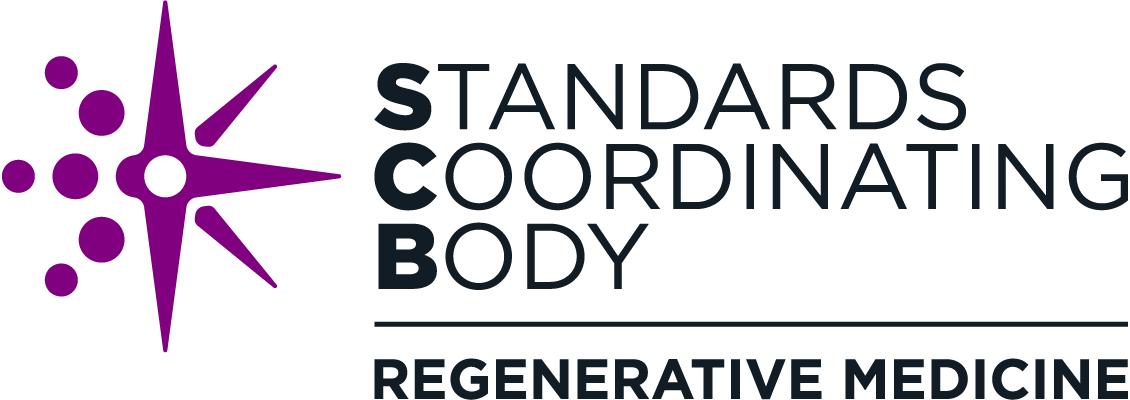Standards Development in Action: Ancillary Materials Used in Cellular Therapy Production
Challenge
Ancillary materials (AM)—including growth factors, media supplements, media, and cryomedia—are introduced during the manufacture of cell and gene therapy products but are not intended to be a part of the therapy itself. These materials often remain in products in trace amounts that can have unintentional effects on product safety (e.g., by carrying adventitious agents or other contaminants). As more cell therapy products are manufactured at larger scale, it is increasingly important to establish a framework for the quality and consistency of these components. However, most AMs originated from a research environment and lacked standards to establish common quality targets and best practices.
Solution
Akron Biotech—a biotechnology company—recognized that this gap was contributing to inconsistent AM quality among its suppliers. As a long-time proponent of standards, Akron Biotech saw an opportunity to address the variance in quality by creating standards that could benefit both AM suppliers and users.
Akron Biotech helped form a working group to develop a three-part series of ISO documentary standards that establish common requirements for AM identity and purity, lot-to-lot consistency, evaluation criteria, risk-mitigation strategies, and reporting requirements. The standards were published in late 2018 (Part 1, Part 2, and Part 3), and an SCB-coordinated effort is ongoing to revise and combine them into an international standard.
To build on these efforts, Akron Biotech published an article in Cytotherapy proposing a strategy for safeguarding the quality of AM while controlling costs.
Impact
The AM standards are expected to support the scale-up of cell therapy products. In particular, the reporting requirements will give manufacturers more information about AM quality, enabling more consistent final products. The standards will allow improvements to the following components of the development process:
Quality, by reducing variability and controlling manufacturing parameters
Safety, by minimizing the risk from individual components that go into production
Time, by enabling a more streamlined process with lower risk and uncertainty around the consistency and quality of materials
Cost, by enabling production at scale using a set of repeatable methods
Review, by creating documentation to improve traceability and transparency for regulators
Akron Biotech expects the standard to help them provide manufacturers with high-quality products and serve as a framework for communicating measurements for more consistent and predictable results batch-to-batch.
Lessons Learned
Akron Biotech recommends that companies who may be impacted by a standard consider participating in the working group so their feedback can inform the standard’s development. The participation of industry is critical to ensure that standards are aligned with the needs of the companies who will use them. By sharing your knowledge and perspectives for standards development, you can contribute to the growth and maturity of the industry as a whole. A coordinating body such as SCB can help working group members navigate the standard development process and work with project leaders to drive the effort forward.
GET INVOLVED IN STANDARDS DEVELOPMENT THROUGH SCB
As a coordinating body, SCB helps streamline the standards advancement process by driving momentum, aligning stakeholder efforts, and helping projects overcome obstacles.
Individuals can provide feedback to SCB on needed standards or join SCB-coordinated projects to advance standards that benefit the broad regenerative medicine community.
Contact SCB today to get involved.




